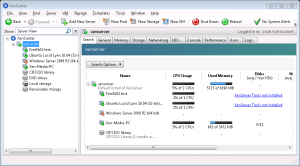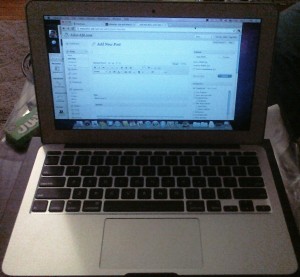Recently I was asked by my employer, Ensighten, to draft a blog post about net neutrality. Â They were able to use the draft to guide their post on the issue. Â With their permission, I’m posting the original here as well:
On July 14th Ensighten submitted a public comment on FCC Proceeding 14-28, “Protecting and Promoting the Open Internet†in favor of net neutrality. The FCC’s current proposal for net neutrality allows for the opening of “fast lanesâ€. Content providers would purchase priority access to the network and would be able to deliver content faster than other services that haven’t purchased priority access. In effect, all other bandwidth is in the “slow†lane. This approach raises questions about the enforcement of fast and slow lanes, and stifles innovation by allowing existing properties to buy their way into faster access.
In the FCC’s model, each home Internet service provider would have the option of providing fast-lane service, but in order to provide a consistent experience to all users, a content provider would need to pay a fee to each of these ISPs. In addition to the initial outlay, this adds ongoing overhead due to maintaining contracts with each provider for access. Some services may be able to subsist on the slower lanes, but even a second of extra load time can reduce customer conversions, meaning many businesses will be forced to purchase this priority service.
Under a true net neutrality model, all information would be treated equally on the wire. The ability to serve content wouldn’t be affected by others competing for the same users. In this model the Internet behaves more like a phone service, where calls aren’t prioritized, but rather handled as they come in. The ability to serve content is still limited to the speed of the service purchased, but cannot be delayed in-transit to the user.
For Ensighten, the net neutrality model allows us to deliver analytics tags to our customer’s pages quickly and consistently.  Knowing that our data can’t be slowed in transit allows us to state with confidence that we can provide the fastest Tag Delivery Network for our users.  In turn, our customers will benefit by knowing our tag delivery will always be as fast as possible, leading to consistent load times and page performance.
The other benefits of net neutrality apply equally to Ensighten, and our customers. Both will save money and manpower from creating agreements with any number of ISPs. Our customers and their end users will see consistent quality of access to the services they use.  Based on Ensighten’s comment and the comments of the million-plus businesses and users who rely on an open internet, we hope the FCC will see this issue the same way.


